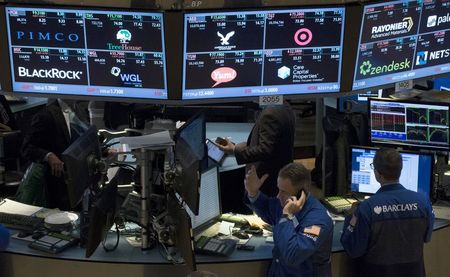It’s a very unfortunate event when businesses have to come to an end. Many reasons can lead a business to shut down, such as financial struggles, market saturation, or even natural disasters.
Whatever the reason may be, business owners need to understand when it’s time to close their doors and move on. By understanding how to determine the shutdown point, business owners can minimize losses and make a smooth exit.
What is a Shutdown Point?
A shutdown point is a specific stage in a business’s operations when it doesn’t gain any advantage from continuing its activities. As a result, the company may decide to temporarily or even permanently cease operations.
This situation occurs when the revenue a company generates is just enough to meet its total variable costs.
In simpler terms, a shutdown point is when a company’s earnings from each unit of product or service sold (marginal revenue) matches the cost of producing that additional unit (marginal cost).
When the marginal profit dips into the negative, the shutdown point has been reached. This concept is typically presented clearly and factually, avoiding complex terminology or personal bias.
How Shutdown Point Works
A shutdown point is a critical moment in a business’s operation. It’s when the revenue made from selling products or services just covers the variable costs (costs that fluctuate with production levels, like raw materials).
If a company’s revenue equals these costs, it’s at its shutdown point. If the revenue falls below variable costs, resulting in a negative marginal profit, the company may decide to stop operations.
This decision could be temporary or permanent, depending on the situation. The shutdown point is a clear, factual concept without complexity, used to explain a crucial aspect of business economics.
Types of Shutdown
There are two types of shutdowns – temporary and permanent. Each has different consequences for the business.
- Temporary Shutdown
As the name suggests, a temporary shutdown is when a company pauses its operations temporarily. This type of shutdown usually occurs because of external factors like natural disasters, economic downturns, or equipment failure.
The purpose of a temporary shutdown is to wait for conditions to improve before resuming operations.
During this time, the company may still incur some fixed costs (costs that do not vary with production levels, like rent), but it avoids the variable costs associated with production.
- Permanent Shutdown
A permanent shutdown is when a company completely stops its operations and goes out of business.
This type of shutdown usually occurs because of internal factors, such as high fixed costs, declining demand for products or services, or inefficient processes.
In this case, the revenue no longer covers even the variable costs, resulting in a negative marginal profit. The company may choose to liquidate its assets and distribute funds to creditors and owners before closing permanently.
Real Life Example
An example of a temporary shutdown can be seen in 2020 when the COVID-19 pandemic hit. Many businesses had to temporarily shut down or reduce operations due to lockdowns and restrictions imposed by governments worldwide.
This decision was necessary to ensure the safety of employees and customers, as well as to comply with government regulations.
Then there are also some examples of permanent shutdowns, such as Blockbuster, Kodak, and Toys “R” Us.
These companies were once successful but eventually failed due to various factors like technological advancements, changing consumer preferences and behaviors, and increased competition.
Conclusion
It’s a hard time when a company needs to shut down, whether temporarily or permanently. In either case, it serves as a reminder for companies to continuously monitor their financial health and adapt to changing market conditions. With proper management and decision-making, businesses can avoid shutdowns and continue to thrive in their respective industries.
Further questions
What's your question? Ask it in the discussion forum
Have an answer to the questions below? Post it here or in the forum




